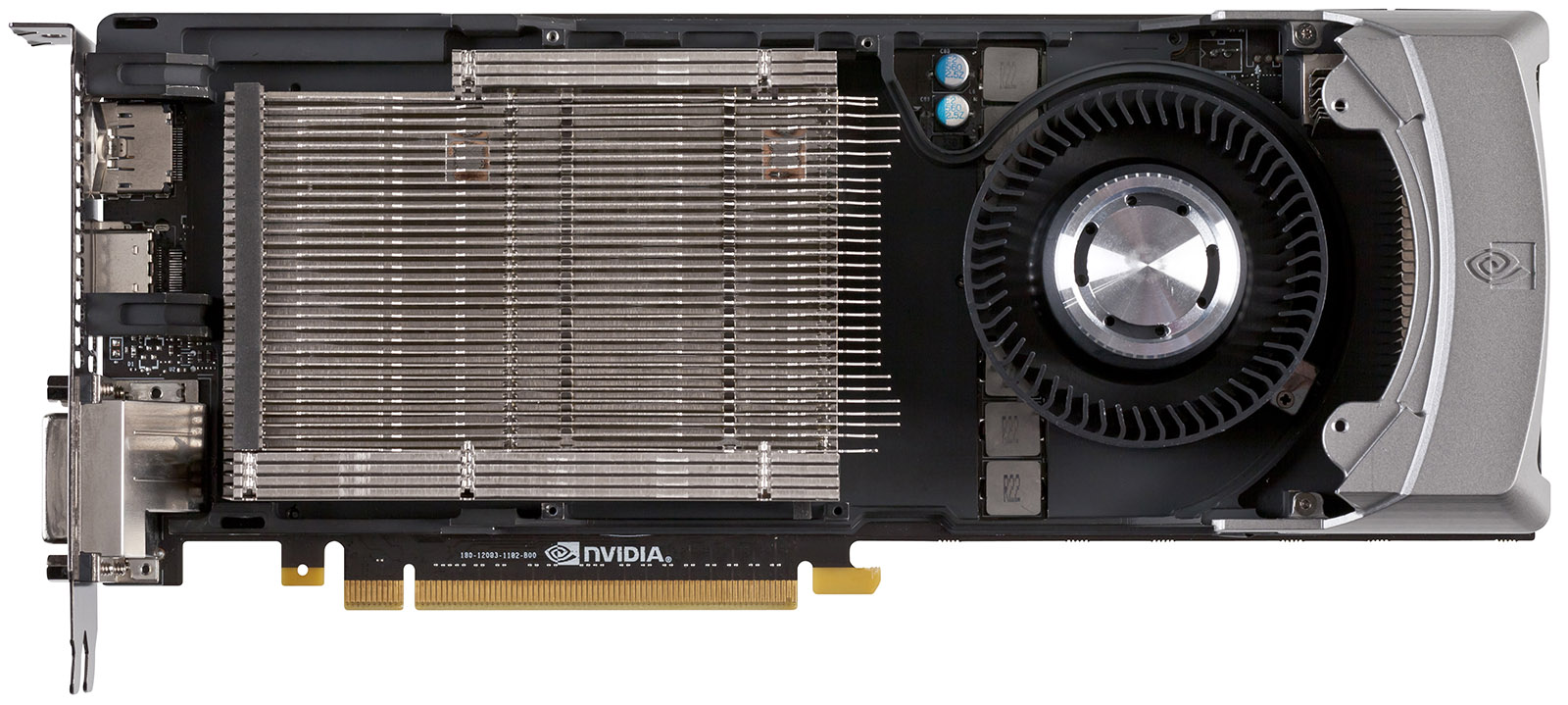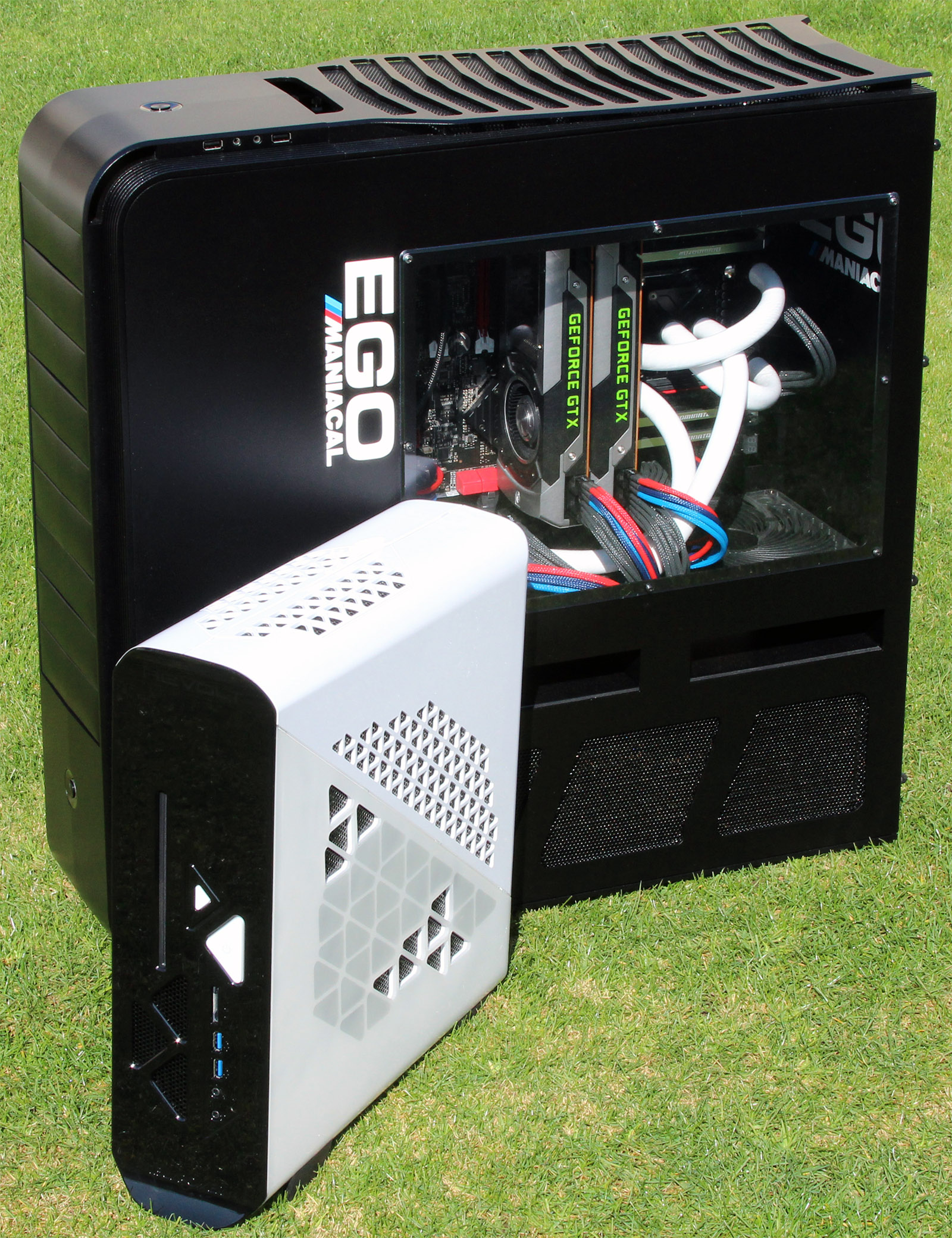Nvidia GeForce GTX Titan 6 GB: GK110 On A Gaming Card
After almost one year of speculation about a flagship gaming card based on something bigger and more complex than GK104, Nvidia is just about ready with its GeForce GTX Titan, based on GK110. Does this monster make sense, or is it simply too expensive?
Ready For The Numbers?
Nobody likes a tease. Unfortunately, Nvidia is asking that GeForce GTX Titan’s benchmark results remain confidential for another couple of days. We’re naturally using that time to generate as much data as possible: comparisons against GeForce GTX 680, GeForce GTX 690, and Radeon HD 7970 GHz Edition; two-way and three-way SLI configurations to pit against 690s in four-way SLI; power consumption; heat; noise; and of course, compute performance. Even when we are able to publish the outcome of our testing, GeForce GTX Titan won't be available for you to buy. The company says to expect availability the week of February 25.
Given the numbers we’ve already run using earlier drivers, along with the information presented today, what can we say about Nvidia’s GeForce GTX Titan? I’ve actually seen enough to draw my conclusions; the upcoming data dump is only going to serve to support my opinion.
Enthusiasts shopping for ultra-high-end cards like this one know they’re not going to get a good deal. Two GeForce GTX 680s sell for about $920. Better still, two Radeon HD 7970s (which are faster) can be had for $800. And as you slide down the scale, every dollar spent tends to stretch further. That’s not what the GeForce GTX Titan is about, though.
Rather, this thing incorporates a GPU currently found in the Tesla K20X (which HP will sell you for $7,700), a cooler clearly derived from the marquee GeForce GTX 690, and a staggering 6 GB of GDDR5 memory. As you’ll soon see, the combination generally falls between a GeForce GTX 690 and Radeon HD 7970 GHz Edition in our benchmarks. That means:
- Pay the same $1,000 for a GeForce GTX 690 if you only want one dual-slot card and your case accommodates the long board. It remains the fastest graphics solution we’ve ever tested, so there's no real reason not to favor it over Titan.
- The Titan isn’t worth $600 more than a Radeon HD 7970 GHz Edition. Two of AMD’s cards are going to be faster and cost less. Of course, they’re also distractingly loud when you hit them with a demanding load. Make sure you have room for two dual-slot cards with one vacant space between them. Typically, I frown on such inelegance, but more speed for $200 less could be worth the trade-off in a roomy case.
- Buy a GeForce GTX Titan when you want the fastest gaming experience possible from a mini-ITX machine like Falcon Northwest’s Tiki or iBuyPower’s Revolt. A 690 isn’t practical due to its length, power requirements, and axial-flow fan.
- Buy a GeForce GTX Titan if you have a trio of 1920x1080/2560x1440/2560x1600 screens and fully intend to use two or three cards in SLI. In the most demanding titles, two GK110s scale much more linearly than four GK104s (dual GeForce GTX 690s). Three Titan cards are just Ludicrous Gibs!
We appreciate Nvidia’s continued attention to acoustics. We’re glad to see the GeForce GTX Titan exhausting all of its hot air. And as you’ll see in a couple of days, there’s a lot to like about this card’s performance. Our beef is with its stratospheric price tag, which limits the Titan to small form factor gaming boxes and multi-card configurations in ultra-high-end PCs. Most enthusiasts will rightly balk at this card. But if you’re in its target demographic, the GeForce GTX Titan is essentially unrivaled.
Get Tom's Hardware's best news and in-depth reviews, straight to your inbox.
-
jaquith Hmm...$1K yeah there will be lines. I'm sure it's sweet.Reply
Better idea, lower all of the prices on the current GTX 600 series by 20%+ and I'd be a happy camper! ;)
Crysis 3 broke my SLI GTX 560's and I need new GPU's... -
Trull Dat price... I don't know what they were thinking, tbh.Reply
AMD really has a chance now to come strong in 1 month. We'll see. -
tlg The high price OBVIOUSLY is related to low yields, if they could get thousands of those on the market at once then they would price it near the gtx680. This is more like a "nVidia collector's edition" model. Also gives nVidia the chance to claim "fastest single gpu on the planet" for some time.Reply -
tlg AMD already said in (a leaked?) teleconference that they will not respond to the TITAN with any card. It's not worth the small market at £1000...Reply -
wavebossa "Twelve 2 Gb packages on the front of the card and 12 on the back add up to 6 GB of GDDR5 memory. The .33 ns Samsung parts are rated for up to 6,000 Mb/s, and Nvidia operates them at 1,502 MHz. On a 384-bit aggregate bus, that’s 288.4 GB/s of bandwidth."Reply
12x2 + 12x2 = 6? ...
"That card bears a 300 W TDP and consequently requires two eight-pin power leads."
Shows a picture of a 6pin and an 8pin...
I haven't even gotten past the first page but mistakes like this bug me
-
wavebossa wavebossa"Twelve 2 Gb packages on the front of the card and 12 on the back add up to 6 GB of GDDR5 memory. The .33 ns Samsung parts are rated for up to 6,000 Mb/s, and Nvidia operates them at 1,502 MHz. On a 384-bit aggregate bus, that’s 288.4 GB/s of bandwidth."12x2 + 12x2 = 6? ..."That card bears a 300 W TDP and consequently requires two eight-pin power leads."Shows a picture of a 6pin and an 8pin...I haven't even gotten past the first page but mistakes like this bug meReply
Nevermind, the 2nd mistake wasn't a mistake. That was my own fail reading. -
ilysaml ReplyThe Titan isn’t worth $600 more than a Radeon HD 7970 GHz Edition. Two of AMD’s cards are going to be faster and cost less.
My understanding from this is that Titan is just 40-50% faster than HD 7970 GHz Ed that doesn't justify the Extra $1K. -
battlecrymoderngearsolid Can't it match GTX 670s in SLI? If yes, then I am sold on this card.Reply
What? Electricity is not cheap in the Philippines.


